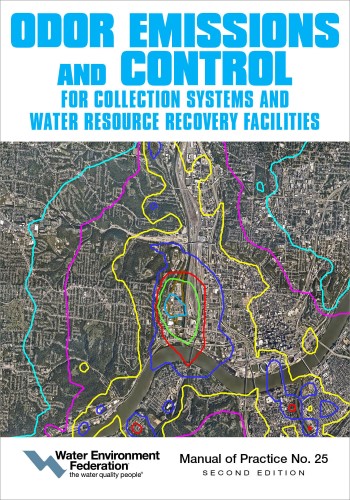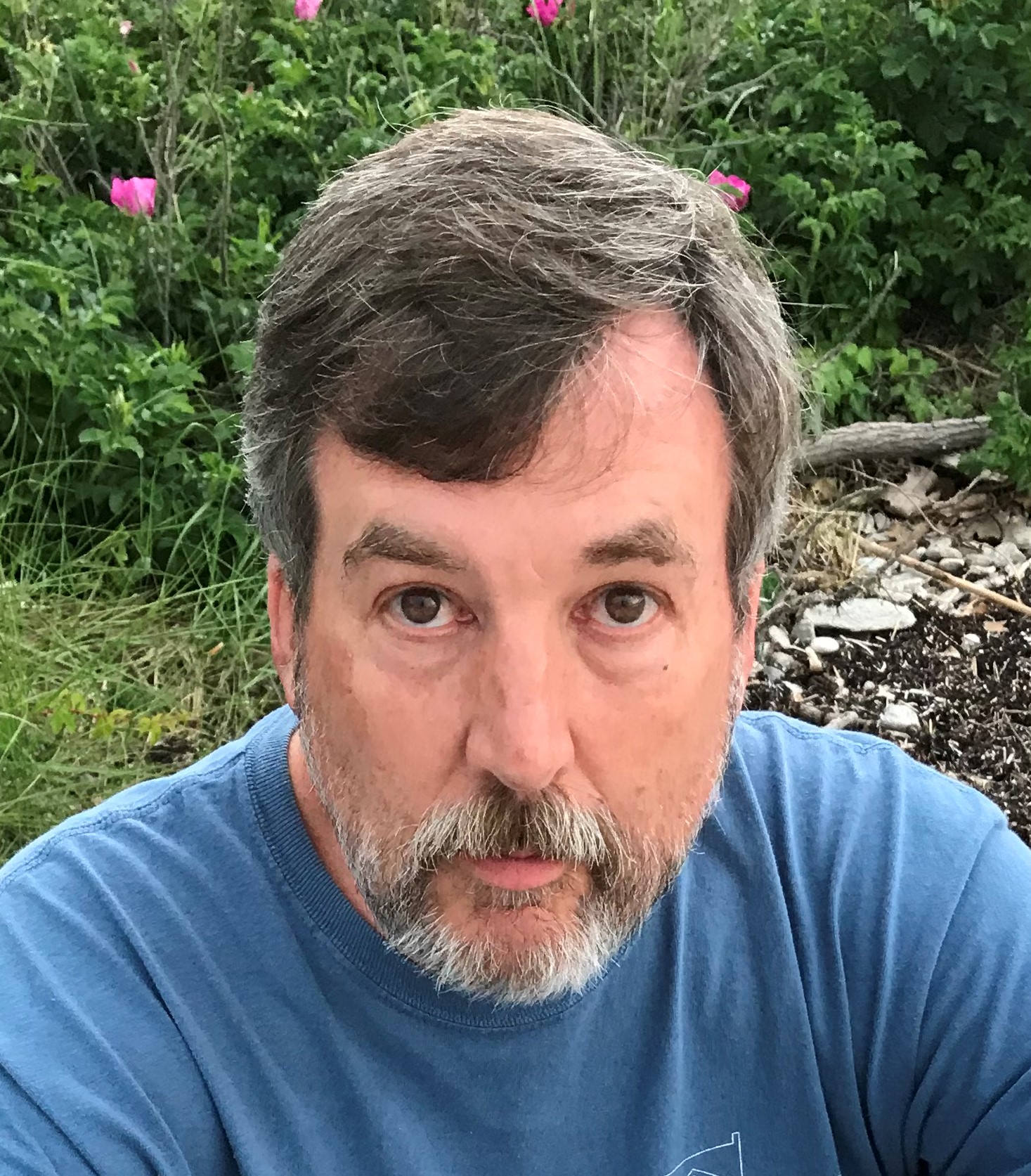Our latest technical publication, Odor Emissions and Control for Collection Systems and Water Resource Recovery Facilities, MOP 25, offers guidance to help facilities develop an effective and compliant odor control program. The manual of practice's lead authors, Neil Webster and Raymond Porter, provide insights.
What prompted the task force to write this publication?
RP: The previous version of MOP 25 needed updating. There have been advances in odor measurement and biofiltration technologies. However, advances in airflow science within collections systems and liquid phase treatment of dissolved sulfide is the most significant improvement in the MOP 25 publication. The treatment of odors in collection systems was not addressed in the previous edition. Now, it is a prominent feature of the publication.
What do you want the industry to know about this publication?
RP: MOP 25 is the most comprehensive assessment of odor measurement, management, and mitigation available anywhere. It covers odors from both the collection system and the treatment plant.
NW: What's new in this edition? There are chapters on collection system odors, new regulatory trends, biological odor control, and public outreach and involvement, among other subjects. We emphasized that each chapter stands alone, so if you are mostly interested in one topic, read and study those chapters to aid you in your odor control pursuits.
What advice can you provide to readers?
NW: It is a valuable resource that you will not find anywhere else. For example, do you want to know how to evaluate air movement and ventilation in a sewer and learn how to extract and treat the air? Well, read Chapter 5, Sections 5 and 8. Did you know that there are processes in your water resource recovery facility that can be used to treat odors, such as activated sludge and RAS? Read Chapter 8, Section 6, and learn all about it. There are dozens of examples like these that make this edition so much more applicable to everyday odor issues and solutions than any previous publication of its kind.
RP: Most people have the perception that odors are abstract and ephemeral. The information in MOP 25 describes how odor events can be quantitatively defined, odorants measured and monitored, and odorous air exhausts captured and treated. A water resource recovery authority can develop an effective odor management plan with the guidance provided by MOP 25.
What's the current conversation within the water sector related to odors emissions?
NW: Odor control is included in every plant upgrade or modification, and new water resource recovery facilities require odor control as part of the facility's core development. It is a necessity to plan odor control needs and footprints early in any consideration of facility modifications. Regulations on odor control are becoming universal, and we offer some ways to further that discussion. Discussion in the book about engaging the public applies to any number of topics in which the public is involved with complaints or as stakeholders regarding other activities associated with wastewater treatment or conveyance.
RP: Conversations about odor measurement in ambient are continuing within the water and waste management sector. In ambient air, odor is perceptible at concentrations close to the detection limits by current monitoring methods. Odor episodes are subject to the variations in odor emissions and dispersion. Real-time monitoring methods are continuing to evolve.
Click here to learn more about Odor Emissions and Control for Collection Systems and Water Resource Recovery Facilities, MOP 25. To order the new edition of MOP 25, visit the WEF Bookstore.



 Neil A. Webster is the Chief Executive Officer for Webster Environmental Associates, Inc. a consulting firm he founded in 1981, that specializes in odor control engineering. He has worked on at least 500 odor control projects in the United States and abroad during the last 37 years. Webster has been an active member of the WEF Odor and Air Emissions Committee and has presented papers at dozens of workshops and WEF conferences. He is a registered professional engineer from Louisville, Ky., and has a master’s degree in engineering from Purdue University.
Neil A. Webster is the Chief Executive Officer for Webster Environmental Associates, Inc. a consulting firm he founded in 1981, that specializes in odor control engineering. He has worked on at least 500 odor control projects in the United States and abroad during the last 37 years. Webster has been an active member of the WEF Odor and Air Emissions Committee and has presented papers at dozens of workshops and WEF conferences. He is a registered professional engineer from Louisville, Ky., and has a master’s degree in engineering from Purdue University. Raymond Porter is Knowledge Leader at Porter Odor Science and has over 30 years of experience in the air quality and odor management fields. He is past Chair of the WEF Air Quality and Odor Control Committee and contributing author or reviewer to technical manuals of practice. Porter has most recently served on the Technical Practice Committee and liaison in the preparation of MOP 25. He is a national technical resource for odor impact assessments and odor control projects and directed studies of odor emissions from water resource recovery facilities.
Raymond Porter is Knowledge Leader at Porter Odor Science and has over 30 years of experience in the air quality and odor management fields. He is past Chair of the WEF Air Quality and Odor Control Committee and contributing author or reviewer to technical manuals of practice. Porter has most recently served on the Technical Practice Committee and liaison in the preparation of MOP 25. He is a national technical resource for odor impact assessments and odor control projects and directed studies of odor emissions from water resource recovery facilities.